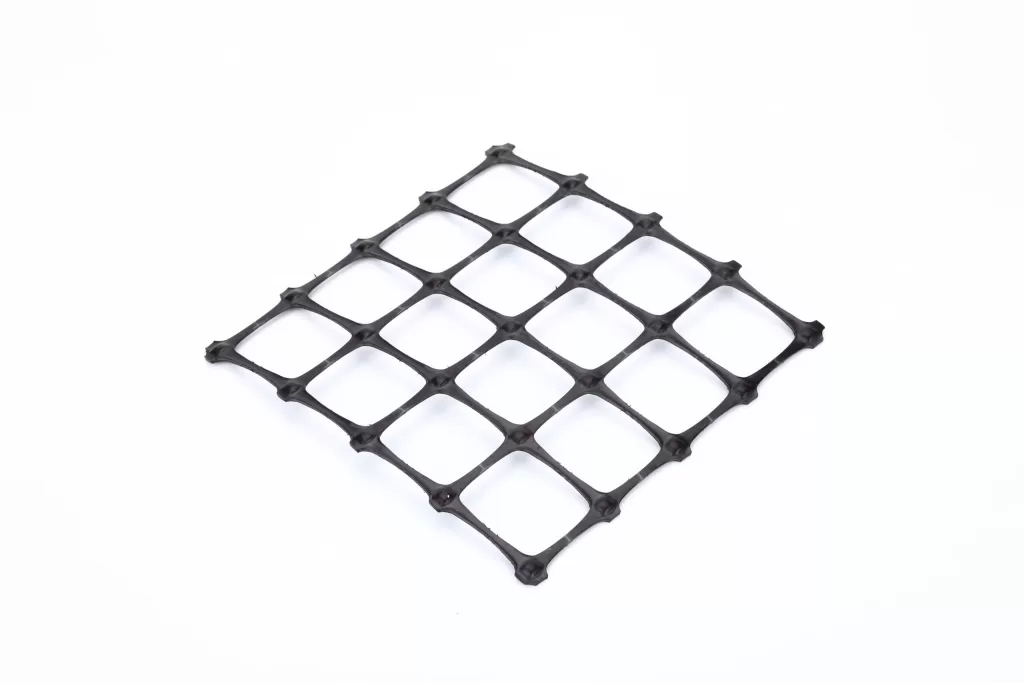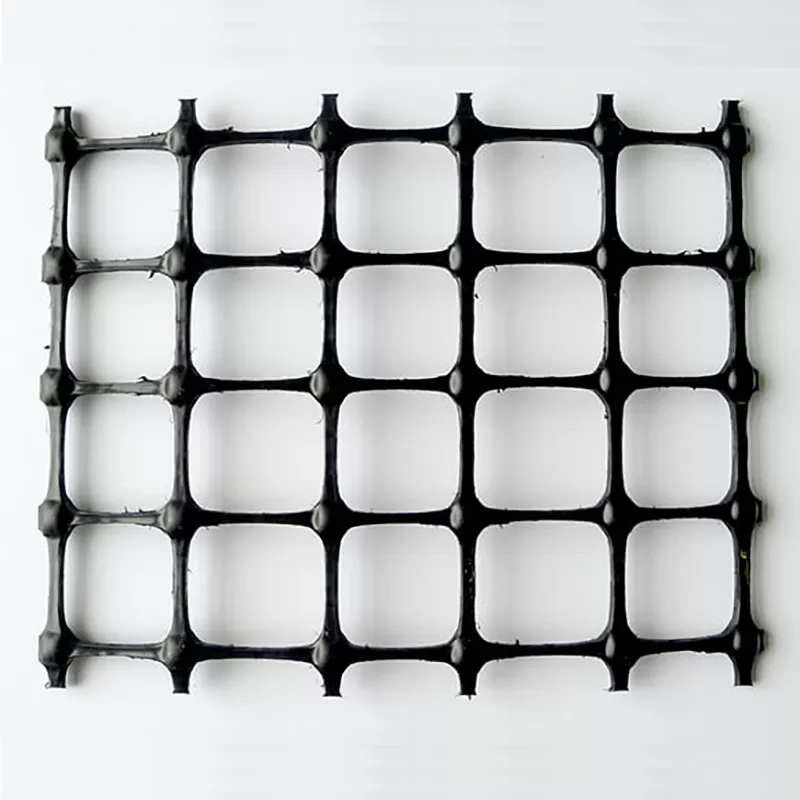Can I Install Fence Posts in Geogrid? Best Practices for Stable Fencing
When building a fence, proper installation of fence posts is crucial for ensuring the fence’s stability and longevity. Geogrid, a versatile geosynthetic material, is often used in various construction projects to enhance ground stability. This article explores the relationship between installing fence posts and the use of geogrid, addressing key questions about whether fence posts can be installed without concrete, when and where geogrid should be used, and how these elements work together to create a sturdy structure.
Can fence posts be installed without concrete?
Yes, fence posts can be installed without concrete, but it depends on the soil conditions and the intended use of the fence. Installing a fence post without concrete is a straightforward, cost-effective, and durable method to secure fences in your yard, especially in areas with firm, well-drained soil where posts can be securely set using gravel or compacted soil. However, concrete is generally recommended for ensuring maximum stability, particularly for fences that need to withstand strong winds or heavy loads. When using geogrid in conjunction with gravel, it can enhance the stability of the posts by distributing loads more evenly and preventing soil displacement.

When should geogrid be used?
Geogrid should be used in situations where soil reinforcement is necessary to prevent erosion, improve load-bearing capacity, or enhance slope stability. For fencing projects, particularly for walls taller than three to four feet, geogrid can be especially useful in areas with loose or unstable soil, as it helps distribute the weight of the fence and posts more evenly across the ground. It is also beneficial in regions prone to soil movement or where additional support is needed to prevent post-settlement over time.
Where do you put a geogrid?
Geogrid is typically placed beneath the fence posts, especially in the post holes, and extends outward to cover a broader area of the ground. This placement, on the subgrade, either parallel to a road centerline or at right angles, helps to stabilize the soil and distribute the load more effectively. For fencing, the geogrid should be installed horizontally in layers, with gravel or other fill material compacted over it to create a solid foundation for the posts. This method ensures that the posts remain upright and secure, even in challenging soil conditions.
When should you use geogrid?
Geogrid should be used when the soil conditions are not optimal for traditional post-installation methods. If the weight of the wall units alone is insufficient to resist the force of an unstable soil wedge or any load above it, the use of geogrid becomes essential. This includes scenarios where the ground is soft, prone to shifting, or has a high moisture content. Using geogrid in these situations can significantly enhance the stability and durability of the fence. It is also advisable to use geogrid in areas where heavy loads are expected, such as along fences that will support gates or in regions with frequent heavy winds.
Installing fence posts in geogrid is a practical solution for ensuring long-term stability, especially in areas with challenging soil conditions. While fence posts can be installed without concrete, using geogrid in conjunction with other materials like gravel can greatly enhance the post’s stability and prevent soil displacement. By understanding when and where to use geogrid, you can create a durable and reliable fencing structure that stands the test of time.



Comments
Post a Comment